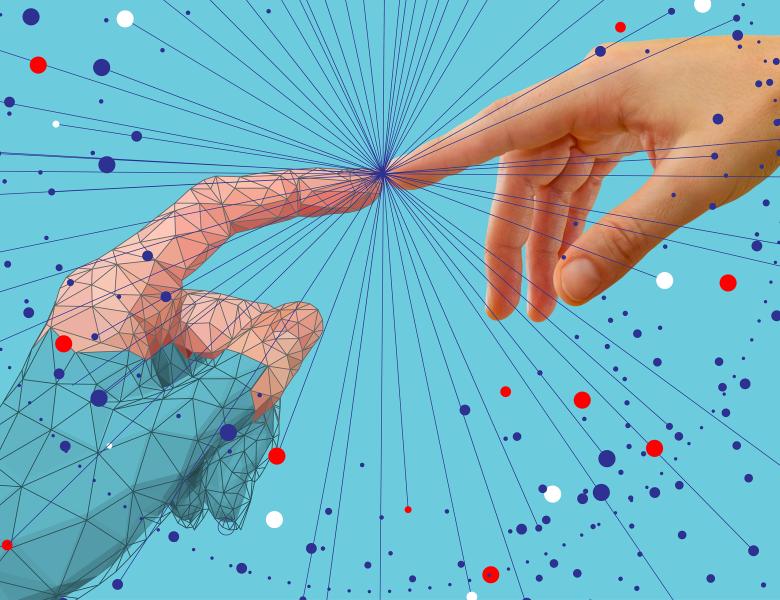
Abstract
In their influential introduction to racial formations, Michael Omi and Howard Winant define race as an essentially visual phenomenon. They state that “race is ocular in an irreducible way. Human bodies are visually read, understood, and narrated by means of symbolic meanings and associations. Phenotypic differences are not necessarily seen or understood in the same consistent manner across time and place, but they are nevertheless operating in specific social settings†(2015, 28). In studies of media and digital culture, moreover, processes of racialisation have most often been conceptualised as operating in visual regimes and studied using visual methods. But how do we study race when its formations are primarily figured through regimes of computation that rely on structures that are, for the most part, opaque? How do we account for processes of racialisation that operate through proxies and abstractions that figure racialized bodies not as single, coherent subjects, but as shifting clusters of data? In this paper, we discuss the challenges of researching race within algorithmic culture. We argue that previous formations of race that had been dependent on visual regimes are now giving way to structures that manage bodies through largely non-visible (or invisual) processes. In this new regime, race emerges as an epiphenomenon of processes of classifying and sorting — what we call “racial formations as data formations.†This discussion is significant because it raises new theoretical, methodological, and political questions for scholars of culture and media. This paper asks: how are we supposed to think, to identify, and to confront race and racialisation when they vanish into algorithmic systems that are beyond our perception? How do post-visual regimes disrupt the ways we have traditionally studied race? And, what methods might we use to render these processes tractable — if not “visible†— for the purposes of analysis and critique?


